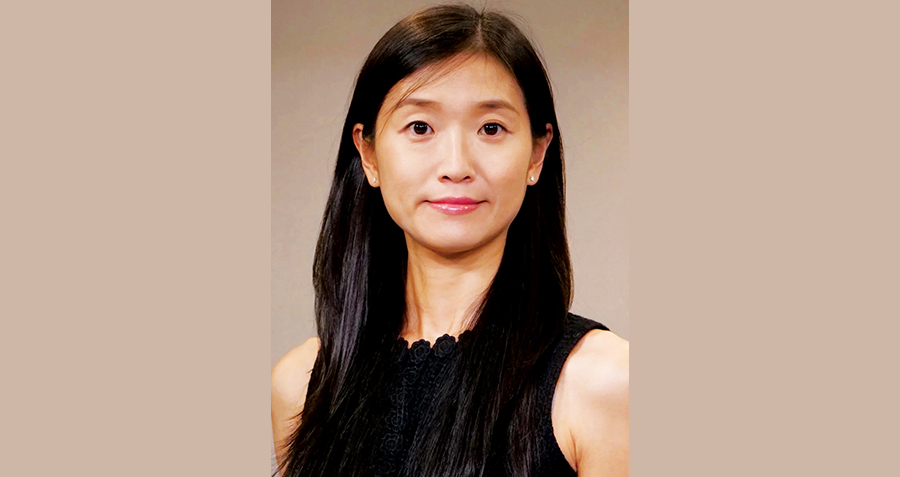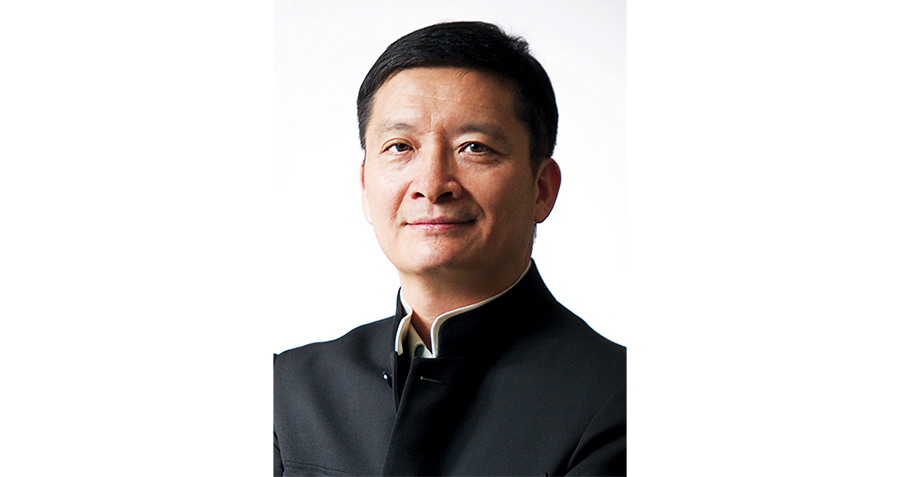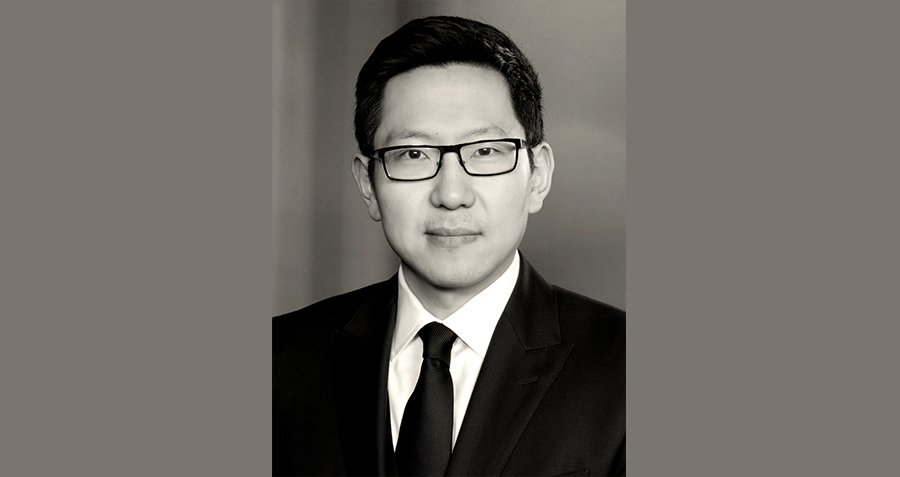In this four-part series, we look first at the rise and evolution of China’s art market over the past four decades; next, at ways in which Chinese collectors may now be reinforcing market dynamics that reduce sales for Western and Chinese artists; and third at possible strategies to pursue to change this dynamic. We talk to Tim Schneider, a leading art economics writer, about the challenges facing small galleries and less established artists in China and the West, and how they can compete in today’s winner-take-all global art economy.
In the first three parts of this series, we looked at some of the causes of China’s art trade deficit. In this section, we asked Tim Schneider, a New York-based art business writer at artnet Newswhose work includes the weekly column The Gray Marketand the book The Great Reframing: How Technology Will – and Won’t – Change the Gallery System Forever(Kindle, 2017), about his thoughts on what’s ahead for Chinese art dealers. In a wide-ranging interview, Schneider discussed the complex impact Chinese and other Asian art collectors are having on the global art market, and ways in which smaller Chinese galleries can survive Western competition.
Part 4. “The most pressing question in the art world”
What impact are Chinese collectors and dealers having on the global art market?
That’s probably one of the most pressing questions in the art market right now. For better and worse, we have a new level of exchange between the Asian art market – primarily in Hong Kong and to some extent, China – and the Western art market.
Fifteen or 20 years ago, we began to see a rise in both the wealth and the visibility of Chinese collectors, and to a lesser degree, Chinese artists. At first, when Asian art sales began growing, you had mostly Asian collectors collecting Asian artists. Then Western collectors began wanting to get in on the Asian art boom around 2007, 2008 especially. Then Western galleries took notice – the old saying “follow the money” holds as true here as it does in any other sales-based industry.
From the 10,000-foot view, I think that it’s generally been very good for the trade as a whole. There is a lot of money being spent over there and a lot of collectors who are going to be around for a long time. There’s an old distinction in the art market between “real collectors” and speculators, that branch that I refer to in my book as COINs – Collectors Only In Name – and while I’m not going to say that COINs don’t exist in Asia, many of them seem to have washed out of the market in the past 10 years or so, meaning much of what we’re seeing now is legitimate buying rather than speculation.
Why does that distinction matter?
Before I became a full-time writer, I worked in galleries for many years in Los Angeles. Often, a wealthy couple or individual would come in and say they had just bought a new house in Malibu or the Hollywood Hills, and needed things on the walls. They would buy a pretty significant amount of work, fill up the house, and then you might never hear from them again. That’s fine, but the core of the art business is supported by people who keep buying.
One of the of old industry adages that I’ve always liked is that you call somebody a collector when they keep buying even after their walls are full. We have good evidence that a lot of the collectors in Asia now are people who are continuing to buy. They’re continuing to grow and evolve and think about how they can shape their collections moving forward.
Besides healthy wallets, why does the market like Asian collectors?
In the past, if you were ethnically Asian and you were based in Asia, you probably collected Asian art, especially classical Chinese ink painting or antiquities. Over the last 10 or 15 years, Asians have also started getting interested in classic Western modernism and Impressionism, these greats that we all know – the Picassos, the Monets, et cetera.
Now, there’s a younger generation of collectors coming up who are much more interested in Western postwar and contemporary work. That’s an exciting thing for people who work in galleries because it means you don’t necessarily have to be an old-school dealer with a great cache of Picassos to cash in on this. There may be a new, wealthy and sustainable audience for the types of work that many more galleries actually sell.
That sort of changes the whole equation for Western dealers because one of the things that the art market needs more than anything else is new collectors. There’s a lot of evidence out there that the art market is a stagnant or even shrinking market where people are selling less work at higher prices, and the new Asian market could change that.
From the dealer’s point of view, having Asian collectors bidding up prices sounds great, but you suggested there are also drawbacks. What’s wrong with this picture?
One of the consequences of the Asian collectors’ surging interest in Western work is that they’re collecting less Asian work. Homegrown Asian galleries and Asian artists who are not with a big international gallery may be getting starved out of the market to some extent. This is one of the bad side effects of the winner-take-all global art economy, where mid-level galleries are also losing out.
Why do mid-level galleries have such a hard time?
If you look at almost any modestly sized gallery, a handful of artists earn the vast majority of the gallery’s overall sales revenue, year in and year out. That’s how you make the whole thing work. It’s not dissimilar to what a venture capitalist hopes for: you invest in dozens of companies and one or two become unicorns, and that’s what makes your investment sustainable. But unlike the VCs, a gallery might put untold years of blood, sweat, tears, and money into its artists, but then just when that investment is about to pay off, the favored artists disappear. They jump ship to a larger gallery because it offers more prestige, more money, more resources, and in most cases, you don’t have contracts with the artists to stop it.
How would you advise a mid-tier Chinese dealer on how to compete with one of the big gun galleries, a David Zwirneror a Gagosian,say?
It’s a really difficult question, and one that is just as urgent in the US or in London or any other Western market as in Asia. If you can’t compete on that kind of winner-takes-all level, what seems to make a lot of sense – and, we have some evidence that this is working – is to see yourself as part of a community.
What has made the art world both interesting and special in a lot of ways, no matter how far back you look, is this sense of community that people feel within it, and I think there’s a pretty committed audience interested in bringing that feel back into the art market.
Haven’t art fairs tried to do that?
I think that art fairs are, in principle, a good idea and I think they still can be really important for a gallery, but you have to be selective about which ones you do, how you do them, and how you use the time when you’re out there, because it’s still a gamble and people don’t have a lot of leeway to make mistakes. If you’re a big gallery and you have a lot of surplus money lying around, you can do a smaller fair for a few years because you think, well, we don’t really have a presence in Milan, say. If it doesn’t work out, oh well, not a big deal. But if you’re a smaller gallery, if you make a few bets like that and they don’t pay off, that could be it – you could be out of business.
I mean more banding together with other like-minded galleries, artists, curators, or whoever else and seeing if you can collectively mitigate some of the risks in what is a really challenging business however you look at it. There is an opportunity for more events like Condo, where galleries from different countries agree to host one another so that you can gain a new audience by traveling somewhere else and working with a friendly local party, as opposed to paying fifteen or twenty thousand dollars or more to go show at an art fair where you’re stuck on the second level and all the heavy hitters are oohing and aahing at Gagosian’s booth on the first floor.
How about online?
I am always looking for technological solutions to problems. But I think it’s also really important to acknowledge the flaws and vulnerabilities in those solutions. Online sales should be part of every gallery’s business plan but they are only part of the answer, and usually a pretty small part at that.
You’ve been talking about fostering a community among dealers, but how about dealers and their customers?
In the past, a really small group of collectors made up the majority of a mid-tier gallery’s business. Ideally, you would have a committed group of people who are basically your patrons. It’s a commercial relationship, but there were definitely deals that I saw done where the collector wasn’t particularly taken with the work on offer, or wouldn’t otherwise be looking to acquire anything new at that particular time. They just knew that the gallery was struggling or the artist was struggling, and they’d buy something for the sake of keeping the whole enterprise going. When those mid-tier or lower-tier galleries are working well, you usually have an ecosystem that includes supportive collectors. Sometimes, people are funding more than just the artist when they buy work – there’s an argument that what customers are really doing is almost paying membership dues to a club they really want to succeed.
So to survive, the gallery needs to make a connection with their customer?
Art is a niche market, not a mass market. You’re never going to get thousands of buyers, even if you open a gallery in an established gallery district and even if you’ve had a career in the art market. You have to figure out a way to connect with people whose attention has never been more divided than it is now, who have never had more options for spending their time or their money than they have now. And in general, art is expensive – even at the lower levels, we’re talking about works costing a few thousand dollars each – whereas a lot of what it’s competing against for attention is cheap or even free.
Why aren’t there more new ideas out there?
Given that everyone agrees that this model is so difficult, you would think that people would be trying anything that they could to blow up the model and do something different. In reality, the art world is pretty conservative overall.
This makes me think of John Maynard Keynes’ line that it’s better for the reputation to fail conventionally than to succeed unconventionally
It takes a lot of guts to pursue new ways of doing things.
Personally, I’ve come to believe that a significant portion of the gallery population isn’t really interested in figuring out new strategies. For more and more people who are either born wealthy or have accumulated excess time and capital some other way, I think opening a gallery is now like opening a restaurant or nightclub: a thing you do to feel cool or look good without really thinking too much about whether you’re positioning yourself to succeed from a business standpoint. On the other side, even most people who are genuinely committed to running a gallery tend to be more interested in the way things have always been done, and they believe, “If I pick really great artists, my gallery will take care of itself.” But despite the romantic appeal, I’m not convinced that’s ever been the case, and it certainly isn’t now.

















